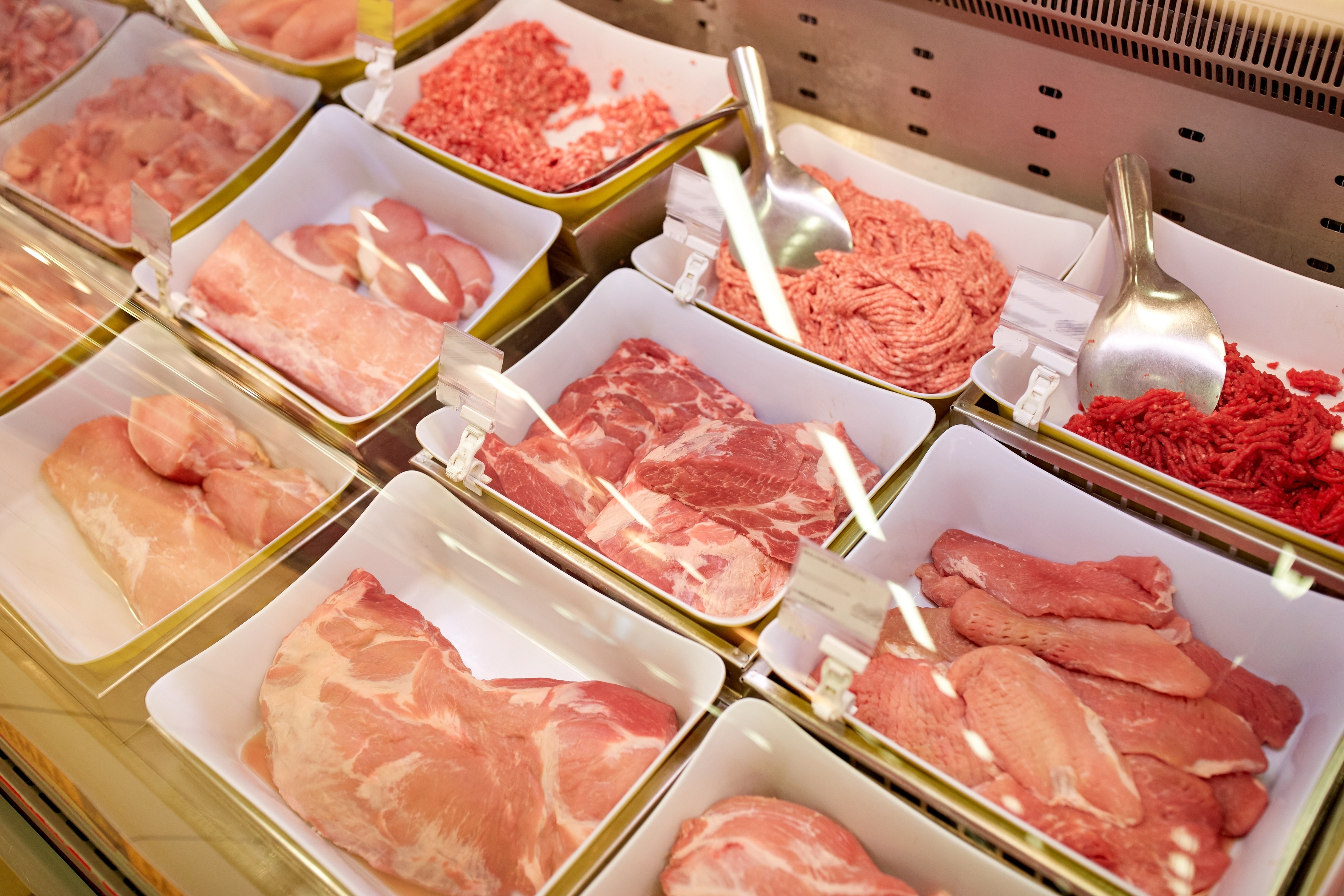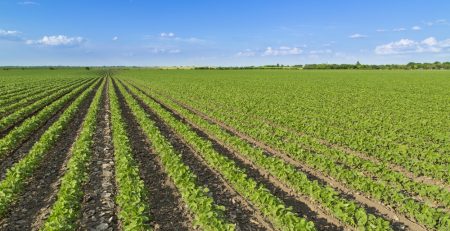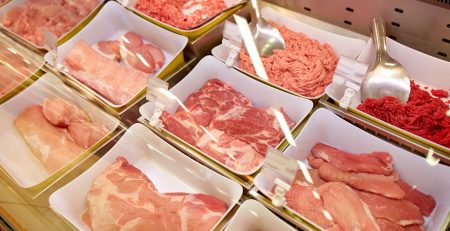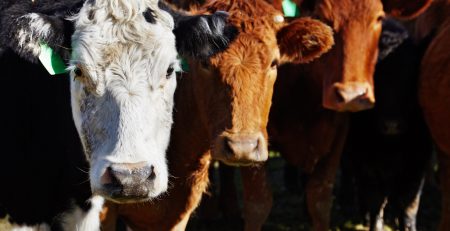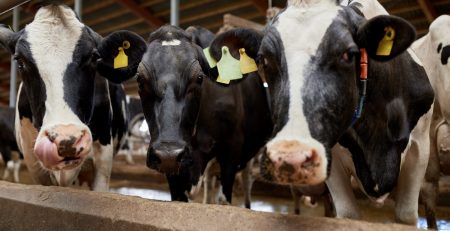Exports in 2019: Bigger Risk, Bigger Reward?
As per capita animal protein consumption in the U.S. soars to all-time highs in 2019, the U.S. animal protein sectors will need to increase their focus on international markets for growth. Export growth will be key for U.S. beef, pork and chicken producers as growing meat supplies and processing capacity outstrip domestic demand, according to a new report from CoBank’s Knowledge Exchange Division.
This has some producers concerned because the more exports play a role in supply and demand, the more exposure producers and industry participants have to increased market volatility and lower margins, said Will Sawyer, animal protein economist with CoBank’s KED.
“While the need for increasing exports is clear, it’s frequently met with concern or skepticism among producers and all links throughout the supply chain,” Sawyer said.
The animal protein sector is entering a period of transition, as four consecutive years of significant domestic consumption growth is now beginning to pressure prices and producers’ bottom lines.
“The domestic consumption growth rate animal protein has experienced over the last five years is expected to plateau soon,” Sawyer said. “With the cow herd at multi-year highs and pork and poultry processors expanding capacity, exports will likely underpin further industry expansion for the U.S. in the years ahead.”
In 2018, the U.S. exported 12% of beef production, 16% of chicken production and 23% of pork production. Although these figures are far above where the industry was 20 years ago, more export growth will be needed if U.S. producers want to expand production in the coming years.
An increased reliance on exports has resulted in higher prices for the animal protein sectors in other exporting nations, including Australia, Brazil and Canada. However, CoBank’s analysis shows that greater profitability is offsetting price volatility for beef, pork and poultry producers in each of those countries, despite declining domestic consumption in both Australia and Canada.
Export growth opportunities can carry significant risks, as demonstrated during recent trade disputes between the U.S. and some of the most important international customers for U.S. animal protein. However, Sawyer said those who accept these risks are often rewarded.
“Profitable growth has always been at the core of the industry and has enabled producers and processors to recover from the historic volatility and costs from 2007 through 2012,” Sawyer said. “The groundwork has already been laid from the supply chain to industry representation to let trade drive the industry forward over the next decade. Long-term, exports will be the key driver for further expansion across the animal protein sector.”
Content within the Farm Journal Forum is the property of Farm Journal, Inc and protected by copyright.This article was first published on https://www.fjfnews.com.
